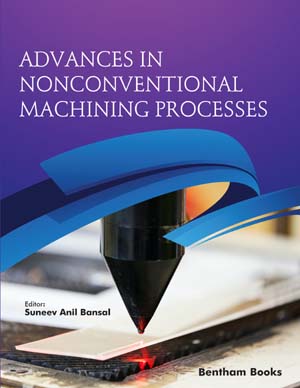Abstract
In recent years, VoIP technology has become very popular among internet users as it allows the users to transfer their voice & video over an IP network. Its advantage is that it is cost-effective, works over traditional telephone networks, and is also compatible with the public switched telephone network. It is based on P2P architecture and allows users to communicate with each other in real-time through audio or video conferencing over the network. It consumes a lot of network bandwidth. That is why, the classification of VoIP traffic is important from the viewpoint of monitoring, prioritizing, or blocking such traffic by the ISPs or network administrators. Traditional classification techniques such as port-based and payload-based are ineffective since modern VoIP applications make use of random port numbers, encryption, or proprietary protocol to obfuscate their traffic. In this paper, we focus on classifying VoIP (video) traffic by utilizing a 2-step classification process. The 1st step uses a packet-level process, where P2P-port based technique is utilized to classify VoIP traffic. The traffic which remains un-classified as VoIP is then fed to the 2nd step classification process (i.e. flow-level process), which combines proposed heuristic rules (with a unique packet size distribution of VoIP traffic) and statistical-based technique to classify VoIP traffic. The experiments have been conducted on real traffic traces using offline datasets and results show that the proposed technique not only achieves high classification accuracy of over 98.6% but also works with both TCP & UDP protocols and is not affected even if traffic is encrypted.
Keywords: Heuristic-Based Classification, Statistical-Based Classification, Traffic Classification, P2P Port-Based Classification, P2P-VoIP Traffic.


















